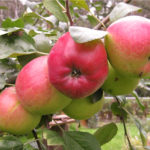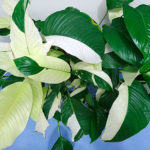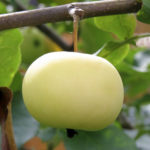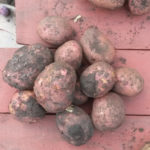Rose Kimono
Floribunda is rightfully called the queen of the flower bed. Indeed, in terms of the abundance and duration of flowering, the beautiful representatives of this group have no equal. The species diversity of floribunda is quite large, there are unpretentious plants, there are capricious, bright and more modest in color. Among this variety, gardeners often pay attention to a variety that has a fairly long history. It is called Kimono. Despite its considerable age, the rose is still popular, as it has the main advantage over fashionable novelties - it is still considered one of the most abundant flowers. Although, according to some rose growers, it is not without its drawbacks. But first things first.
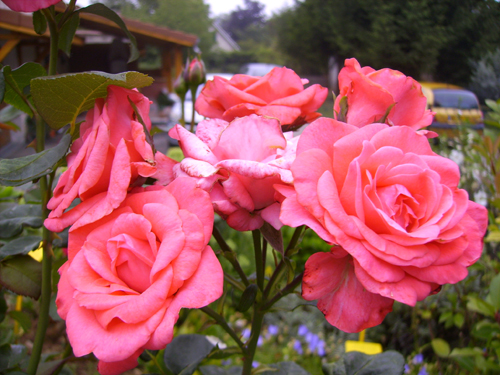
History of creation
The age of the variety is more than half a century. She was born in the Netherlands, in the family florist company De Ruiter. The parent forms for its creation were Cocorico (floribunda, Meilland 1951), which is an orange-red floribunda, and Frau Anny Beaufays, also a salmon pink to orange-pink floribunda. In 1961, our heroine was introduced to the rose-growing world. The registration name is Kimono.
Awards
RNRS Test Certificate, Royal National Rose Society, UK, 1961.
Description
The bush is erect, tough, rather branched, with elastic and strong shoots that are devoid of thorns. Kimono shoots grow straight up, so the inflorescences are not prone to wilting. The plant is not too tall, the length of the shoots is about 80 - 100 cm, medium spreading - about 75 cm wide. The foliage is good, the leaves are smooth, with a semi-matte surface, medium size, pleasant green color. A distinctive feature of this rose is an arbitrary number of buds appearing in the inflorescences. One shoot can form from 5 to 20 flowers, so even one branch can replace a whole bouquet. But on average, the number of buds on a stem varies from 5 to 10, which is also not small.
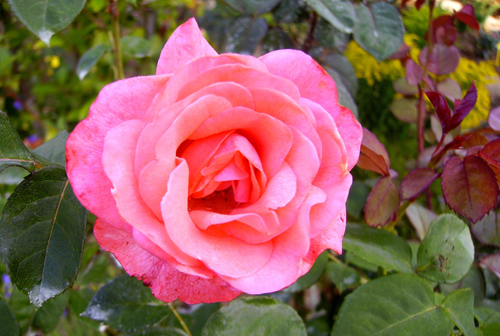
The buds are small, rounded-pointed. The flower is densely double, has up to 40 petals with wavy edges, in full dissolution the form becomes saucer-shaped, with an open center, at this stage the yellow center is exposed. The diameter of the rose flower is average, 6 - 7 cm, but it is worth considering the multifloral nature of the inflorescence. The special pride of the variety is its extraordinary colors. It is for the unusually smooth transitions from one shade to another that our heroine remains extremely popular. The initial color of the Kimono flower is deep pink, one might even say salmon pink, with red veins on the petals. As it fades and under the influence of sunlight, the colors fade to a pale pink hue, but the delicate charm of the variety is not lost. The color is also influenced by the air temperature. In hot weather, the intensity of the color decreases, in cool weather, on the contrary, the petals delight with the saturation of color.
Bloom
The beautiful Kimono is a multi-flowering variety. Flower waves are plentiful, one might say continuous, since the break between them is practically invisible. The rose will be able to delight with lightly colored flowers until September or October, depending on the climate and care. But, in order to maintain a generous flowering, you need to prune the faded shoot in time and feed the bush during the period when the process is declining. Flowers bloom quite quickly, but bloom for a long time. To preserve the aesthetic appearance of the shrub, the faded heads in the inflorescences must be removed in a timely manner. The aroma, although declared as medium-intensity, according to reviews is very weak, but pleasant.
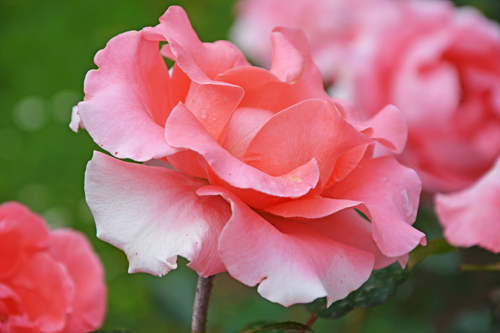
Characteristics
- Kimono can bloom by late summer after spring planting. But it will be a modest bloom. Experienced rose growers recommend removing the buds so that the plant can properly develop the root system, on the state of which the subsequent capabilities of the rose will depend;
- with winter hardiness, our heroine is all right.Kimono winters well in USDA zone 6 (according to the system adopted by the US Department of Agriculture). This zone assumes maximum temperatures in winter down to -23.3 ° C. True, the seedling should still be insulated with the onset of stable cold weather, especially if there is no snow cover. In cooler regions, winter shelter is indispensable;
- immunity is not as good as we would like. Powdery mildew resistance is declared as average, that is, in unfavorable years, the shrub can suffer from this disease. The resistance to black spot is even less. It is this problem that the rose growers point to, noting that our heroine is often a source of infection for neighbors, and treatment does not help much;
- what pleases flower growers is the excellent resistance of the rose to rain. Yes, of course, damage to some flowers or buds is noted, but in the total mass, the flower brush perfectly tolerates a period of high humidity. The inflorescences do not droop, and the color only becomes brighter. Sometimes spotting may appear on the petals, but this occurs on flowers whose flowering period is already close to completion;
- an escape devoid of thorns allows us to use our heroine for cutting. Moreover, one flowering branch can replace a full-fledged bouquet.
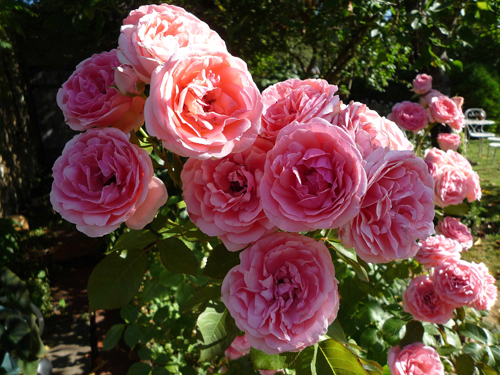
Agrotechnics
To call Kimono's agricultural technology easy is to mislead a novice rose grower. But the queen of the flower bed is not too whimsical. Sunny places should be allocated for planting, although in the south during the midday sun, the plant will be grateful for a light partial shade. Drafts on the site should be avoided, but the shrub should be slightly blown to reduce the chances of developing fungal infections, especially during the wet period. The soil for the rose is preferable to be light and loose, nutritious. Therefore, if there is heavy clay soil on the site, dig the planting hole larger than the standard size and fill it with a suitable soil mixture that is easy to prepare yourself. In spring, nitrogen-containing dressings are relevant, during the flowering period - phosphorus-potassium. Be sure to carry out preventive spraying, even if no signs of the disease are noticed on the plant.
Many years after its spectacular appearance, the lovely beauty Kimono continues to spin the heads of rose growers who appreciate the true beauty of the flower. The variety cannot be counted among unpretentious plants, it needs care. Insufficient resistance to powdery mildew and black spot can bring a lot of troubles, but if you take control of this deficiency in time, then you will be rewarded with abundant flowering of the most delicate and refined beauty.
The color of our heroine can be called universal - it will look great against the background of white, red roses or varieties with other shades of pink. A small and neat bush can be combined with ground covers or planted against the background of tall, for example, conifers. A good option is landscape compositions with phlox, hydrangeas or hosts. Even in a single landing next to a resting bench or a gazebo, Kimono will take care of your comfort and relaxation, without being distracted by bright colors.
